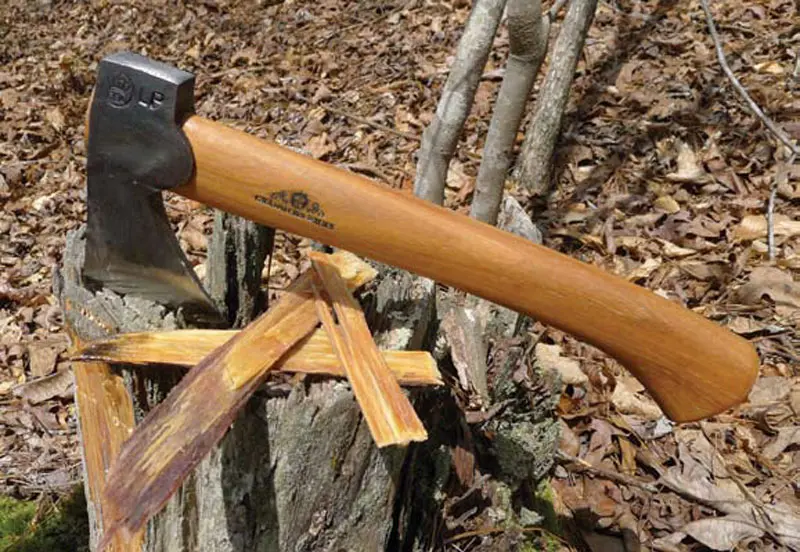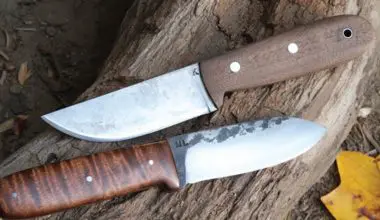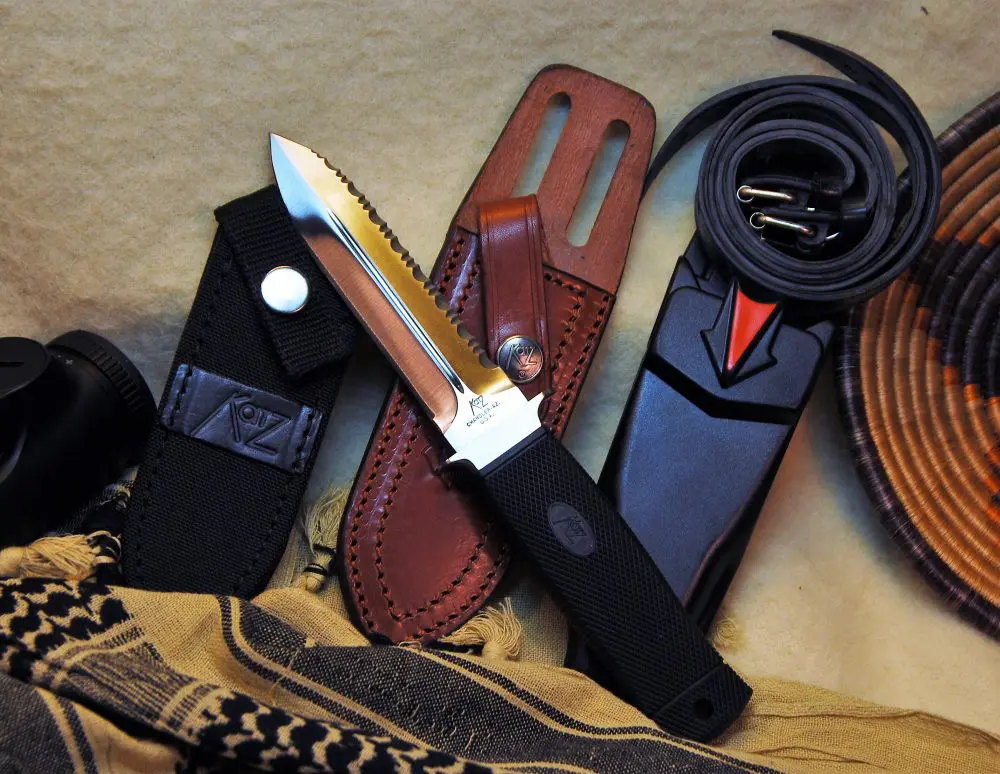
The roots of Gränsfors Mini Hatchet go back many hundreds of years. In medieval Europe, it was common to carry a belt axe that could be used as a knife and an axe, making it a valuable tool as well as a weapon. A belt axe was also a symbol of status. In the 16th and 17th centuries, the French began trading axes with the American Indians. The light and narrow small belt axe became the “trade axe” and was transformed into the tomahawk.
But the Gränsfors Mini Hatchet is neither a tomahawk nor a scaled-down axe.

The Mini Hatchet is a functional design by Lennart Pettersson at Gränsfors Bruks. Lennart, an axe smith, knife smith, backpacker and fisherman, has created a little hatchet that can be used as an axe and a knife.
The Mini Hatchet is hand forged of high carbon Swedish steel and tempered at the bit to a hardness of 57 Rockwell C. It has a 2½-inch cutting edge, ten-inch hickory handle, and weighs only about 12 ounces. The hatchet comes with a grain-leather sheath.
SURVIVAL TOOL EXTRAORDINAIRE
I’ve heard of the effectiveness of an axe in the woods all my life, but have never owned one, mainly because I live in southern California. In recent years, we’ve been hit with an infestation of Bark Beetle (Western Pine Beetle), which aggressively attacks and kills ponderosa and Coulter pine trees of all ages. This means there are fallen trees and chunks of wood everywhere, thus eliminating the need for chopping wood.
In April 2011, I took a week-long trip to Alabama to attend a Randall’s Adventure & Training class, and had the chance to check out team leader Jeff Randall’s Gränsfors Mini Hatchet. Its compact size and the “what are you doing here” feeling I had toward it caught my attention. After all, Alabama is machete and big knife country. Upon further investigation, I had a chance to test, evaluate and experience myself what all the buzz was about.
I first went to a stand of deadwood and chopped down some poplar and dogwood. I was surprised at how efficient the cutting edge was as it sank deeply into anything I swung at. Splits on a downed log also demonstrated its ability to get inside to the dry wood without using a baton stick (as I would do with a knife).
In addition to using it as a chopping and splitting tool, the hatchet can be held farther up the handle toward the head (heel) and used for more controlled short, precise chops. On a hatchet this size, one-handed chops were easy and better suited the design of the Mini Hatchet.
By holding the axe head with the palm of the hand and cupping the hammer portion (butt), I could use the tool as a small knife and create some beautiful fuzz sticks. This is a task usually performed by a knife. The convex edge and small size made this task not only easy, but the hatchet actually outperformed some of the knives on the trip in the woodcraft department.

MINI HATCHET IN THE JUNGLE
Less than a month later, I flew down to South America for some jungle survival training. I’m sure most people think of jungle terrain and picture a long thin-bladed machete doing everything from hacking through the rainforest to making shelter. Well, it’s true. In the jungle, the machete is a one-tooldoes- all. However, there were a few applications where the Mini Hatchet was very useful.
One of the most important aspects of jungle survival is the ability to selfrescue— getting to water and following it down to larger rivers where there are likely to be fishermen or small villages. There are two ways to do this: hike along the water’s edge, which is not easy, or float. During the construction of small one-man rafts, the students all used machetes and large knives to section off pieces of balsa trees. Balsa wood is soft and light, making it ideal for raft construction.
When it came time to chop the balsa trees down to size, there were a few people waiting their turn to use a machete. This is when the Mini Hatchet came out. I will never forget the look in the eyes of our Peruvian guides when they saw that thing. I knew they couldn’t wait to try it out, so after I sectioned one piece, I gladly handed it over to them.
The light weight and short reach of the Mini Hatchet were just enough for chopping through six- to eight-inch pieces of wood. I actually found this hatchet good for creating more controlled precise chops than a long-bladed machete, which made it ideal for the next step.
A two-inch notch must be cut around the circumference of the logs for attaching cordage, which will join both pieces together. Again, short quick blows were easily delivered with the Mini Hatchet and in less time, reducing the fatigue that accumulates during jungle living.
Gränsfors manufactures axes for various uses, including wood shopping, crafts, carpentry, hunting, and axe throwing. As a standalone wilderness tool, the Mini Hatchet definitely has the potential to get your camp made and assist in self-rescue if you need to take to the water.
The Gränsfors Mini Hatchet is a definite hard-use, all-terrain survival tool that should not be overlooked! The suggested retail price is around $160.





